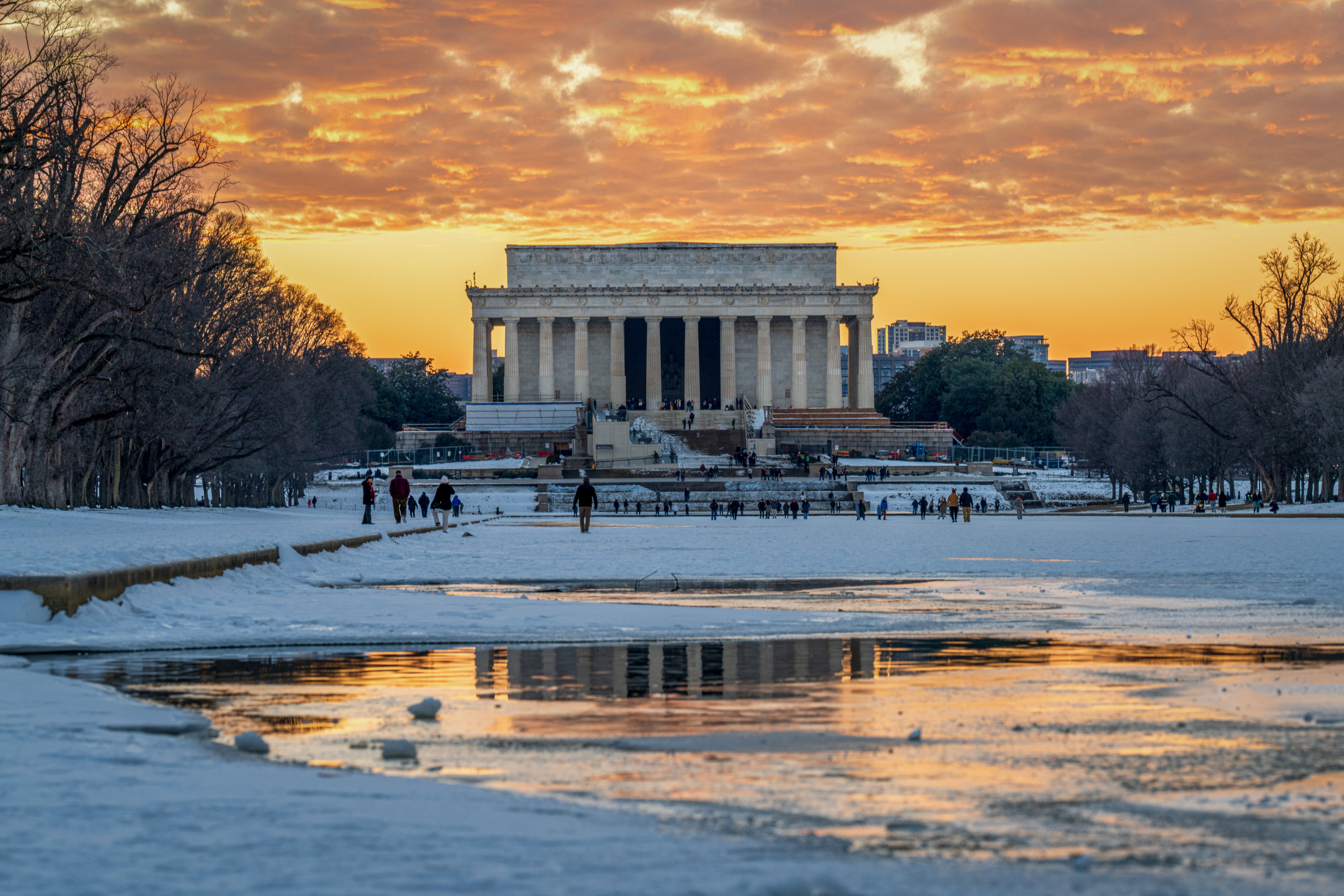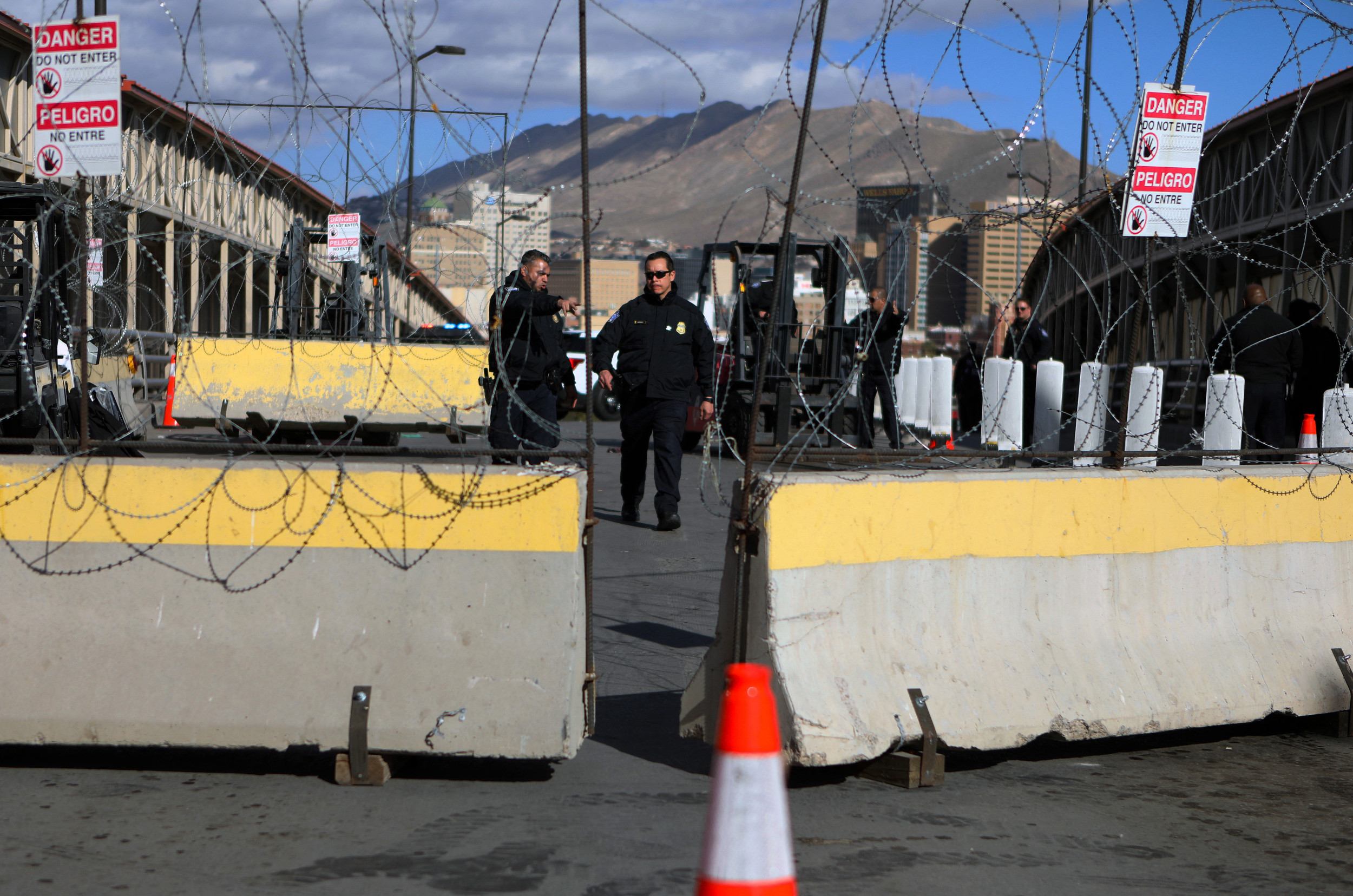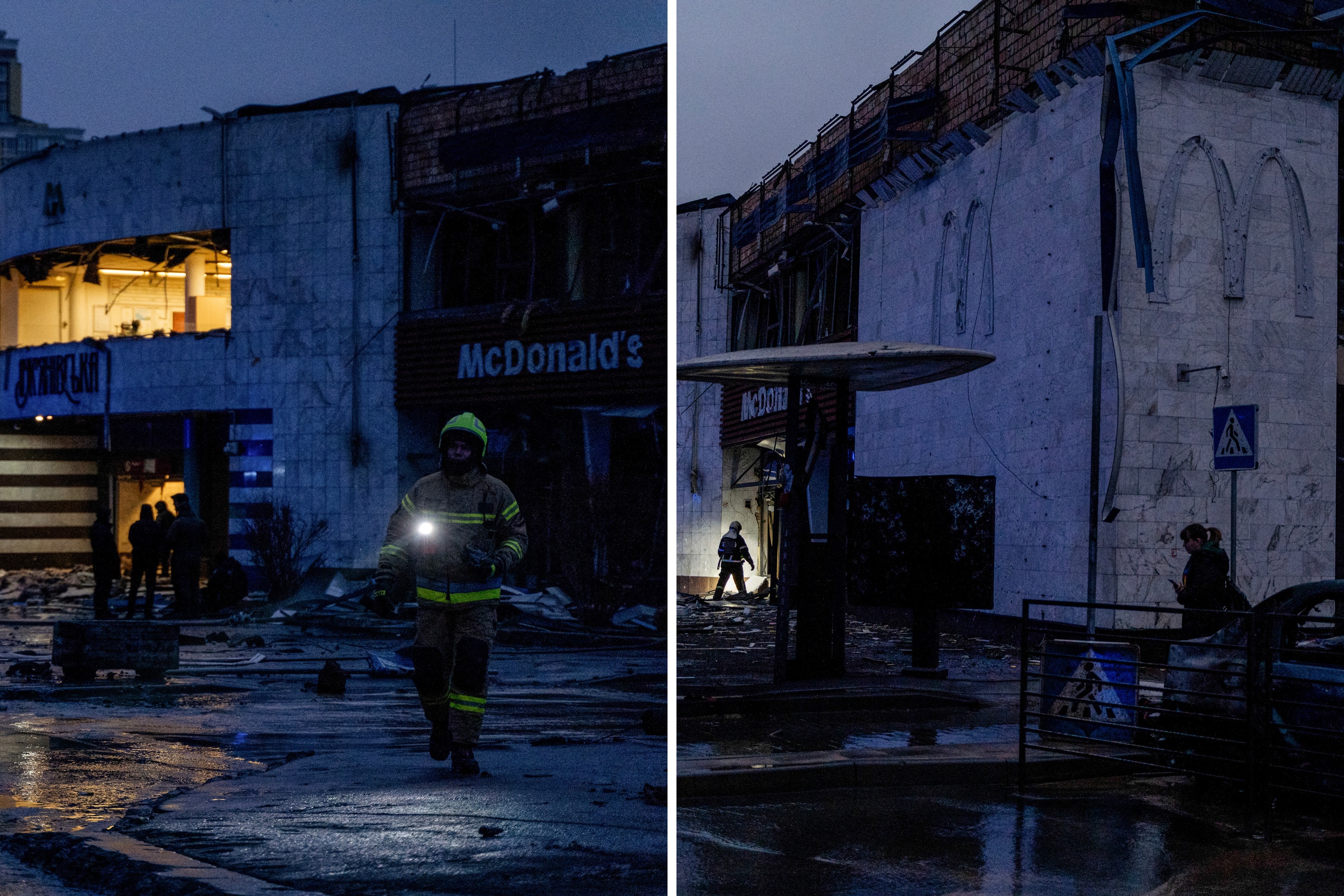Experts believe the already expensive Los Angeles housing market is likely to become even pricier in the aftermath of the devastating wildfires still ravaging the county, forcing many residents to move out of the area entirely. That is, if the growing threat of wildfires doesn't convince them to leave first.
"Los Angeles is already the least affordable housing market in the country. People making near the local median income are already being priced out, and that will worsen unless we see an acceleration in new construction," Daryl Fairweather, Redfin's chief economist, told Newsweek.
Why It Matters
The wildfires, which started on January 7 and burned across roughly 40,000 acres in Southern California, have leveled entire neighborhoods and caused havoc in L.A. County, leaving thousands of people homeless.
The devastation caused by the fires is likely to exacerbate the state's inventory and affordability crisis, as demand is skyrocketing in the face of drastically diminished supply. Rising prices, combined with the challenge of insuring homes in fire-prone areas of the state like L.A. County, are likely to make it increasingly hard for residents to be able to afford a property—and its coverage—in Southern California.
What To Know
With over 12,000 structures estimated to have been destroyed by the fires, including many homes, experts expect the impact on the Southern California housing market to be substantial.
"For reference, there are about 80,000 apartments available for rent in Los Angeles [based on 2023 Census data], and there were 5,000 homes for sale in the city of Los Angeles in December 2024," Fairweather said. "So roughly 10,000 households needing a new place to live will be disruptive to the Los Angeles housing market."
An increase in home and rent prices in L.A. County might eventually force more people to leave the area. "Most people leave L.A. for affordability reasons, and the destruction to the housing supply will worsen affordability, and cause more people to leave for more affordable housing," Fairweather explained.
Burned trees from the Palisades Fire and dust blown by winds are seen from Will Rogers State Park, with the City of Los Angeles in the background, in the Pacific Palisades neighborhood on January 15, 2025, in Los Angeles, California. Rising home prices and insurance premiums in the aftermath of the fires could make Southern California unaffordable for many residents, experts say.Apu Gomes/Getty Images
Experts also fear that homeowners insurance premiums will skyrocket in the aftermath of the fires and availability will continue dwindling in at-risk zones, despite efforts from regulators to stop insurers from cutting coverage in these areas.
A combination of rising home prices, skyrocketing insurance premiums and the added risk posed by more frequent and more severe wildfires might force many residents to leave fire-prone areas in L.A. County in search of more affordable destinations.
"I do expect to see some folks choose to relocate, but I also expect that most of these areas will be rebuilt and occupied again," Jordan Levine, senior vice president & chief economist at the California Association of Realtors, told Newsweek.
"We do tend to see an acceleration in price growth in these areas, both over the short run because supply gets negatively impacted and over the long term as newer homes tend to be more expensive than older homes and can push up average prices for the area."
Should People Stop Living in California's Fire-Prone Areas?
Despite residents' attachment to their neighborhoods, some might consider relocating in the face of the growing threat posed by natural disasters. According to a 2024 report by Redfin, more people left California's high-fire-risk areas in 2023 than moved in.
Of the 34,170 people who left high-fire-risk U.S. counties in 2023, 17,357—or 50.8 percent—left California, up from 41.9 percent the year before. This suggests that Californians are becoming more responsive to the threat of wildfires, and that more people might move out of Southern California following the L.A. fires.
But the risk of wildfire and dangerous smoke has expanded to a point where people who want to leave Los Angeles because to avoid it "will have to leave the entire West Coast," Fairweather said. "The smoke risk is high in all of California, Oregon, Idaho, as well as in parts of Utah and Montana."
"If they are only trying to avoid direct fire risk to their homes, then they could move to the L.A. basin and avoid much of the risk in the hills," she added. "But the L.A. basin is more expensive than the outlying areas."
Areas like the L.A. basin, which are naturally insulated from fire risk, would need more dense development, Fairweather said. But that doesn't mean that fire-prone areas are hopeless. They should be made safer by building more resilient housing, according to Fairweather.
"I don't think Los Angeles will or should be abandoned. However, Los Angeles should stop building into the wildland-urban interface, and instead build much, much more housing in the places resilient to natural disasters," she said.
"Any rebuilding that occurs in the affected area should be built back with adaptations for fire risk, like metal roofs, or fire-resistant materials," Fairweather explained. "Also investing more in fire resiliency at a community level—firefighters, forest management, et cetera."
What's Next
As of Thursday night, firefighters had made significant efforts in containing the flames as winds died down. The Palisades fire was 27 percent contained, while the Eaton fire was 55 percent contained.
But weather forecasters have warned that fire weather might return as soon as next week in L.A. and Ventura counties.




















 English (US) ·
English (US) ·